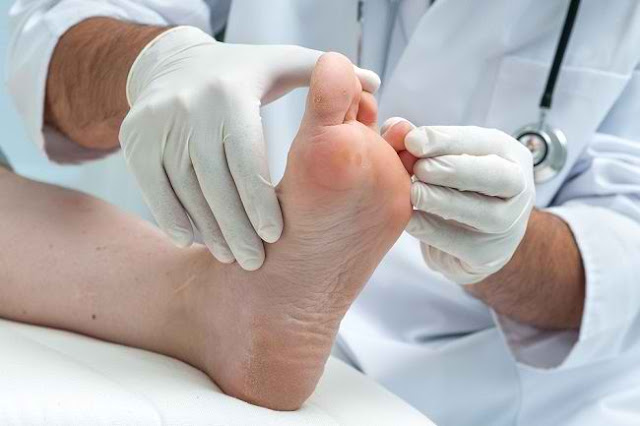Recognize the Causes and Ways to Overcome Skin Fungus Infection
Most people have experienced skin infections caused by fungi. Fungal infections of the skin can occur in any age group, male or female, and are the most common skin infections. Come on, identify the causes and ways to overcome fungal skin infections.
Skin fungus infection is a disease that we encounter very often, maybe even we have experienced. Mild skin fungal infections generally cause a rash on the skin. The rash is not dangerous, but it can feel itchy and interfere with appearance.
Fungi are primitive organisms that live around our environment, such as air, soil, and even water. Some types of mushrooms can live in the body of animals and humans. Most fungi breed with spores that can spread in the air. That is why, fungal infections most often attack the outside of our body, such as the skin and nails.
People who are active in moving and sweating are more often exposed to fungal skin infections, especially if they are not careful in maintaining personal hygiene. Diabetics are also a group vulnerable to fungal skin infections. In addition, fungal skin infections are also often found in infants and toddlers who use diapers. But in general, anyone can be stricken with a fungal skin infection.
Types and Symptoms of a Skin Fungal Infection that You Need to Know
The following are the most common types of fungal skin infections:- Dermatophytosis (ringworm). Rashes on the skin are reddish and itchy circles. The red color at the edges is clearer, looks like a ring, and has a clear border. Ringworm can be contagious, but usually does not become severe. Can be found on the scalp, face, neck, or on other body parts.
- Tinea pedis or ringworm of the foot (athlete’s foot). Symptoms include peeling and cracked skin on the legs, there are blisters and red skin, itchy and sore. This fungal infection is commonly found on athlete's foot which is often wrapped in socks and moist. Generally occur between the toes.
- Tinea cruris (jock itch). Tinea cruris appears in parts of the skin folds that are moist and warm, such as the buttocks, groin, and genitals. The infected skin will look red and itchy or sore. It often occurs in adolescents and adults, or people who often wear tight pants.
- Skin candidiasis. This infection is caused by the fungus Candida, and can appear in any part of the body, but it is usually easier to appear in warm and damp areas, such as the groin and armpits. Infected skin looks red and feels itchy.
How to deal with skin fungal infections with anti-fungal drugs
The main treatment for fungal skin infections is with antifungal drugs, especially topical antifungals, such as creams or ointments. Antifungal drugs work by destroying the cell wall of the fungus so that the cell contents come out and the fungus cells die, or by preventing the fungal cells from growing and multiplying. Some types of antifungal drugs commonly used to treat fungal skin infections:- Topical antifungal (topical) - applied directly to the skin, hair or nails.
- Oral antifungal - in capsule, pill, or liquid form. Given if a fungal skin infection is extensive and cannot be treated with topical antifungal drugs.
How to Avoid Skin Fungus Disease
Maintaining cleanliness of the skin is the key to preventing skin fungal infections, especially for those of you who are actively moving, enjoy exercising, or frequently doing outdoor activities. Here are things you can do to prevent a yeast infection:- Keep skin clean. Use soap when bathing.
- Dry skin immediately when wet or sweaty.
- Change underwear and socks every day.
- Dry shoes in the open air and keep the inside of the shoes from getting damp.
- Don't exchange towels, underwear and clothes with other people.
- Use clothes that are easy to absorb sweat during exercise.
- Avoid using pants that are too tight.



Comments
Post a Comment